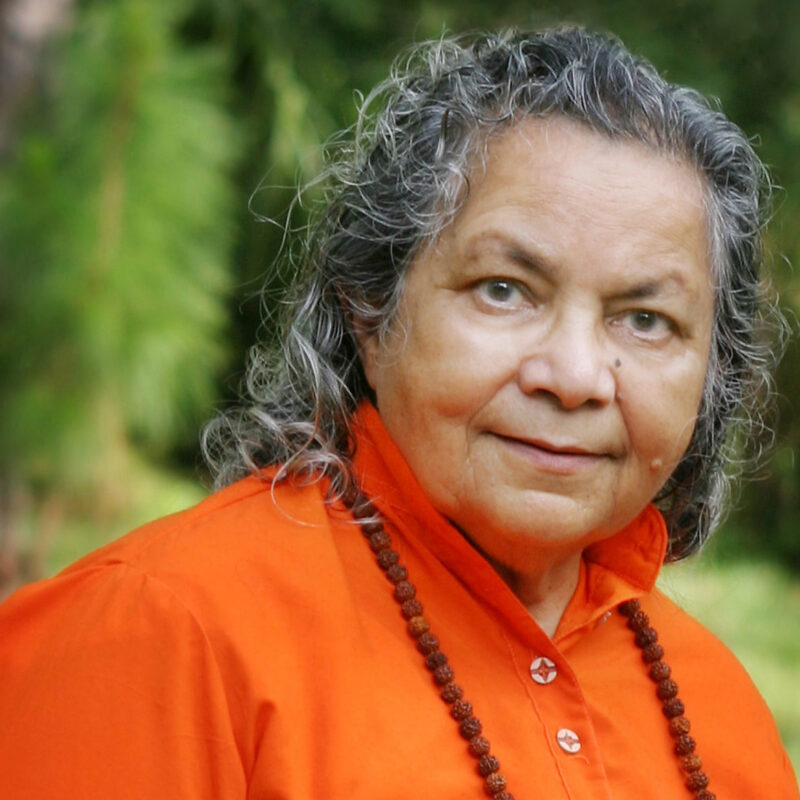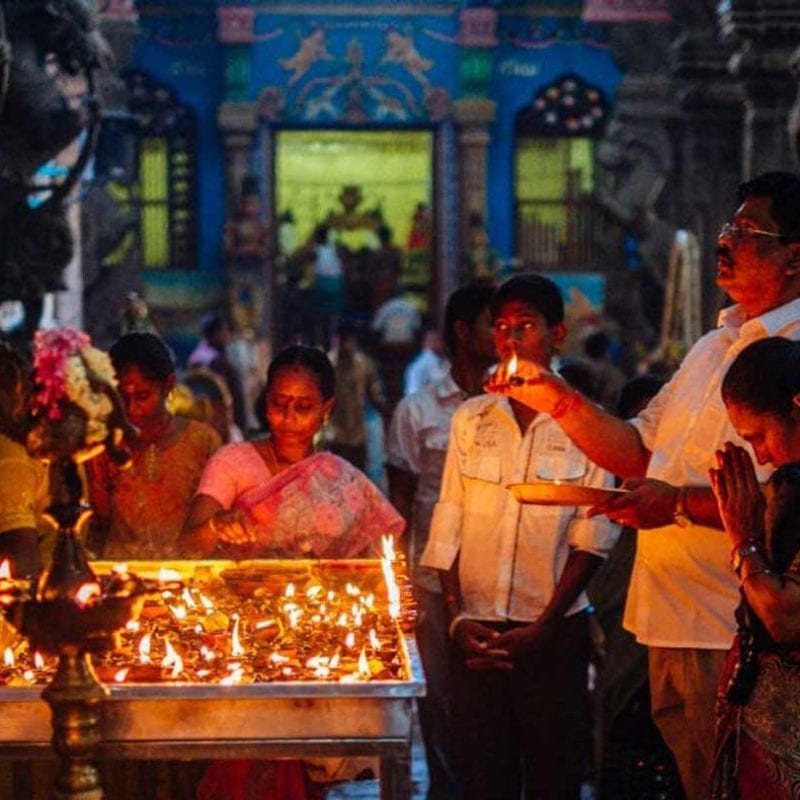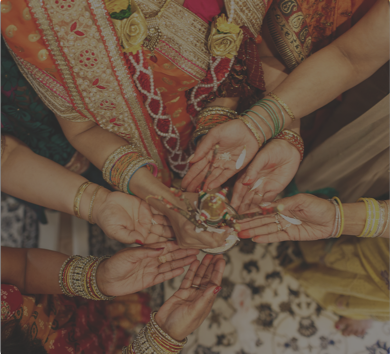
Auvaiyaar (Tamil, ஔவையார்) is an honorific meaning ‘respected woman’. It is used to refer to several saints and poets of Tamil Nadu. Many of her sayings (azhathuchovidaikal) were compiled in the oral tradition which was prevalent at the time, and hence the sayings in contemporary usage represent a compilation of several different saints.
The Sangam-era Auvaiyaar
The first attested Auvaiyaar lived in the Sangam era (6th century BCE to 3rd century CE) and was a contributor to that great literature.
She was raised by wandering minstrels and, when the time came to marry, she prayed to Lord Ganesha to forestall it. Legend says that Lord Ganesha heard her prayer and made her prematurely old, ensuring suitors would avoid her.
The Sangam-era Auvaiyaar forsook comfort, instead wandering the Tamil lands, staying with poor families, and composing songs and poems for their benefit. It is said that she received a vision of Lord Shiva at the temple of Chidambaram, and subsequently composed verses to Him. Such memories show a society that held women in high regard, indeed as religious icons, able to celebrate Auvaiyaar’s goodness and talent and affording her safe passage, alone, without fear — unthinkable in most eras and lands, even in the present. One of her sayings, கற்றது கைமண் அளவு, கல்லாதது உலகளவு, (what is learned is like a handful of dirt; what is incomprehensible like the whole world) was exhibited at NASA’s Cosmos exhibit.
The Chola Auvaiyaar
The second Auvaiyaar was a court poetess in the Chola Kingdom (ca 12th century CE) who was famous for her wisdom and for her love and education of small children.
She held her own with the other equally famous poets of her time period, including Kambar (author of the most famous Tamil Ramayana) and Ottakoothar (chronicler of the exploits of some of the most famous Chola kings).
Among her most famous poems is the Aathi Chudi, a simple, terse acrostic of one liners, each beginning with successive Tamil vowels (uyir ezhuthu), reproduced below from this website.
The Chola-era Auvaiyaar’s work spoke not just to children of her own era, but to people of all eras, which may partially explain the strength of her memory across the ages.
The third and fourth Auvaiyaars
At least two other Auvaiyaars are attested to by tradition.
One between the 5th and 10th centuries used her spiritual authority to bring peace between the then three major warring kingdoms of South India.
A fourth Auvaiyaar lived closer to our time, around the 15th century. Some of her religious songs and poems, such as the Vinaayagar Ahaval, are still popularly sung in the temples of Tamil Nadu.
That multiple Auvaiyaars exist can seem confusing to the modern Westerner. But such existence is both common in the Hindu tradition and the Indian context.
It is a testament to the humility of the authors, who did not care to have the work identified by their specific names, and to the richness of the Hindu culture that nurtured several like-minded progressive, wise, and spiritually advanced women over time.
Similarly, the Saivite Nayanmar tradition encompassed several wise women as well, as did the Vaishnavite Alwar tradition.
The Auvaiyaar tradition remains categorically unique in spanning millennia and sampradayam (religious traditions).
Such is the respect afforded her that in many Tamil alphabet primers (e.g. “A is for apple, B is for ball, etc.”), the dipthong vowel that begins her name — au (ஒள) — is exemplified by her name and sketch.








































